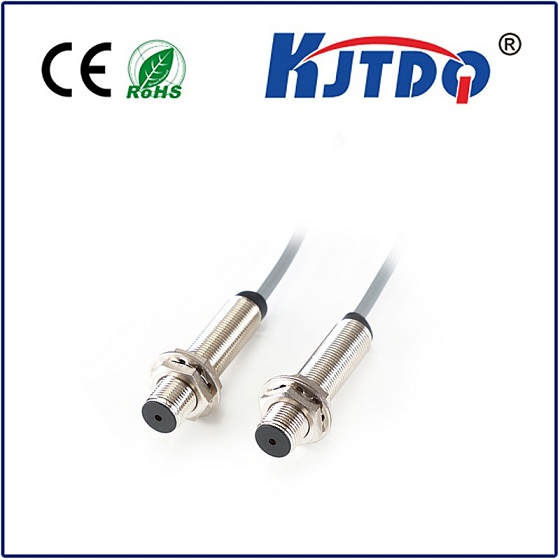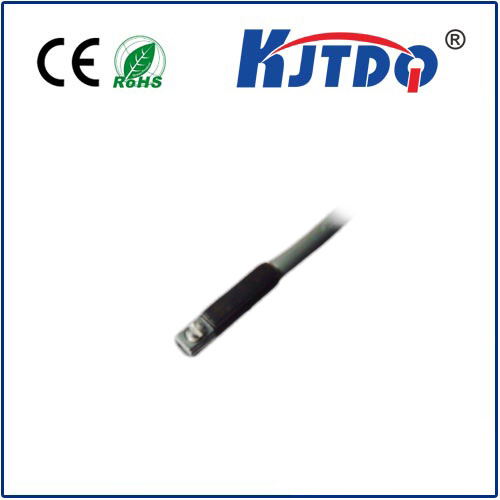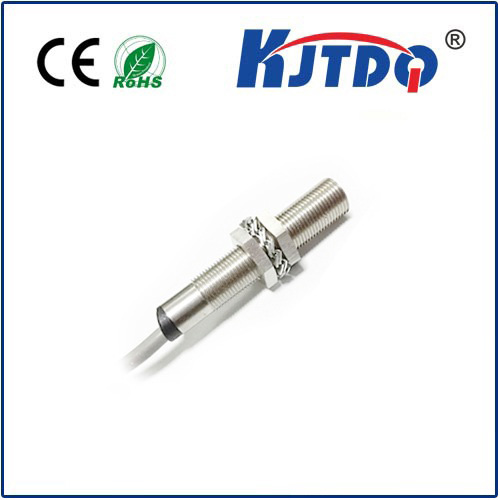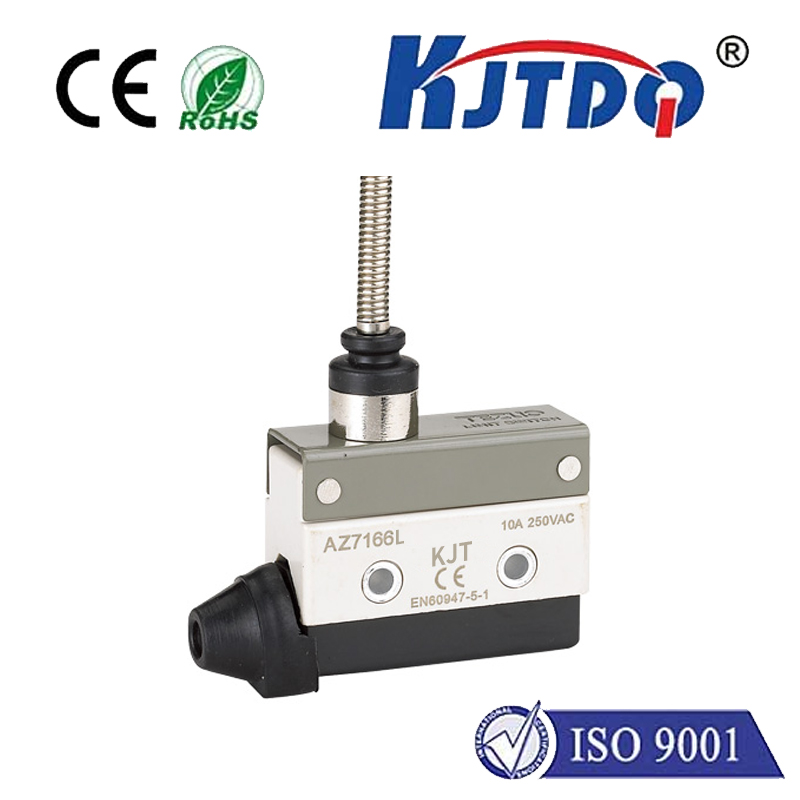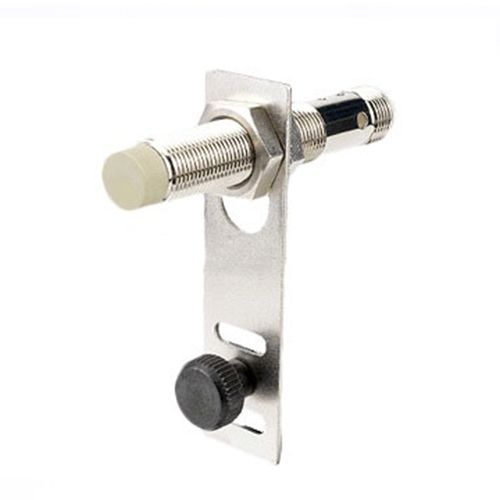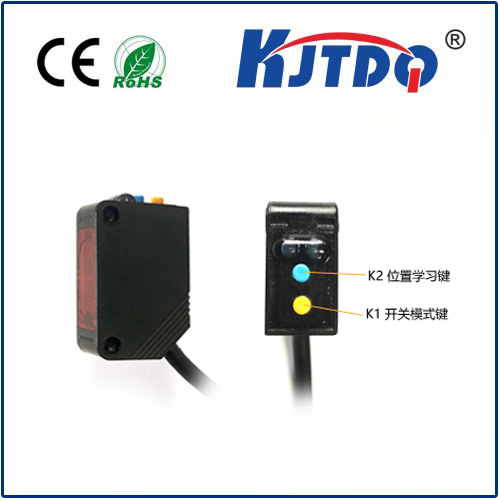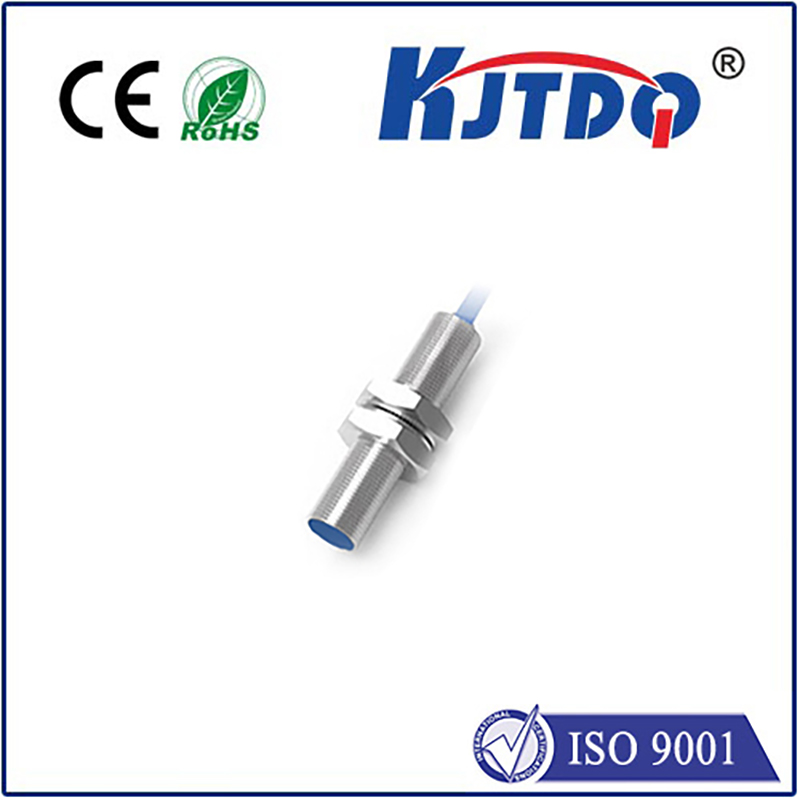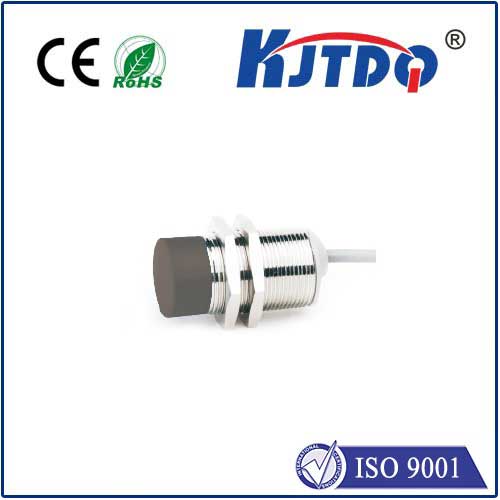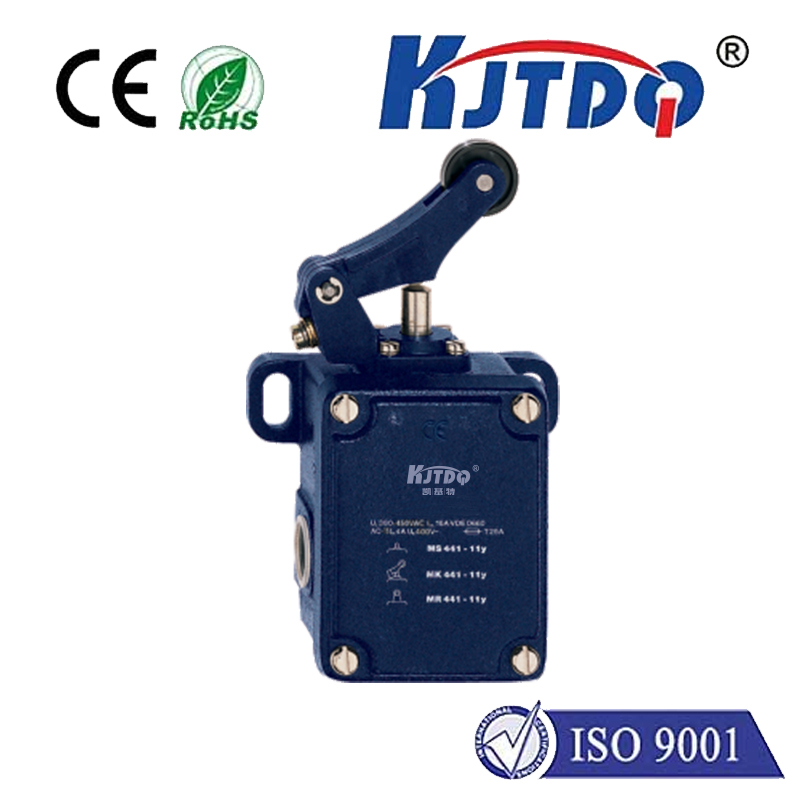Лазерный оптический датчик
- time:2025-08-28 01:24:51
- Нажмите:0
Beyond Human Vision: The Essential Guide to Laser Optical Sensors
Imagine needing to measure the thickness of a human hair with micron precision, track a robot arm moving at blinding speed, or scan the contours of a complex object without touching it. Human senses falter, but technology prevails – thanks to Laser Optical Sensors. These sophisticated devices harness the unique properties of laser light to perceive the physical world with extraordinary accuracy and reliability, becoming indispensable tools across countless industries.
At its core, a Лазерный оптический датчик is a system that uses laser light as its primary source of illumination or measurement probe and employs optical components and photodetectors to gather information about a target. Unlike simple light sensors, they leverage the laser’s defining characteristics: coherence (all light waves are in phase), monochromaticity (single, pure wavelength), and directionality (highly focused beam). This potent combination enables capabilities far beyond basic photoelectric sensors.
How Do They Work? The Principle Behind the Precision
The fundamental operation involves emitting a precisely controlled laser beam towards a target. The interaction of this beam with the target – be it reflection, scattering, interruption, or diffraction – is then captured by a sensitive optical detector (like a photodiode or CMOS/CCD array). Sophisticated electronics process this optical signal to extract highly specific information:
- Distance Measurement: Techniques like Time-of-Flight (ToF) measure the time delay between emitting a laser pulse and receiving its reflection. Triangulation uses the geometric angle of the reflected beam to calculate distance. Interferometry leverages the interference patterns created by combining the laser beam with its reflection for nanometer-level accuracy.
- Displacement & Position Sensing: By precisely measuring distance changes, laser sensors track minute movements or positions of objects, crucial for robotics, manufacturing alignment, and vibration analysis.
- Profile & Dimension Measurement: Scanning a laser line across an object and analyzing the deformation of that line allows sensors like laser profilometers to create detailed 2D profiles or 3D models for quality control and reverse engineering. This enables non-contact dimensional inspection of complex shapes.
- Detection & Presence Sensing: Lasers provide a crisp, well-defined beam ideal for reliable object detection, even for small, shiny, or transparent targets that confuse standard sensors. High-speed detection is another key benefit.
- Speed & Velocity Measurement: Using techniques like Laser Doppler Velocimetry (LDV), the frequency shift of laser light scattered by moving particles is measured, providing non-contact speed readings for fluids or surfaces.
Key Components Powering Performance

The effectiveness of a Лазерный оптический датчик hinges on its integrated components:
- Laser Diode: Generates the coherent, monochromatic light beam. Common types include visible red diodes or near-infrared (NIR), chosen based on application needs like range, visibility, or material interaction.
- Optics: Lenses focus the laser beam precisely and shape it (e.g., into a point, line, or complex pattern). Other optics collect and direct the reflected or scattered light efficiently onto the detector. Advanced coatings enhance performance.
- Photodetector: Converts the received optical signal into an electrical signal. Types range from simple photodiodes for presence detection to sophisticated position-sensitive detectors (PSDs) or camera arrays in triangulation or profilometry systems.
- Signal Processing Electronics: The “brain” of the sensor. This circuitry filters noise, amplifies the signal, calculates the desired parameter (distance, position, speed), and outputs the result in a usable format (analog voltage, digital signal, serial data).
- Housing & Interface: Provides mechanical protection, environmental sealing (often IP67 or higher), and standard electrical connections for easy integration.
Where Precision Matters: Diverse Applications
The unique advantages of laser optical technology translate into widespread use:
- Industrial Automation & Robotics: Object detection, precise position control of arms and grippers, alignment of parts on conveyors, gap measurement, weld seam tracking, and high-speed sorting on production lines.
- Quality Control & Metrology: Non-contact dimensional gauging (thickness, diameter, height), surface roughness measurement, contour scanning, flaw detection (scratches, dents), and automated inspection systems.
- Automotive: LIDAR systems for advanced driver assistance (ADAS) and autonomous vehicles, wheel alignment, component dimension verification, and paint inspection.
- Logistics & Material Handling: Pallet dimensioning, package volume calculation, height profiling for warehouse automation, AGV (Automated Guided Vehicle) navigation and obstacle detection.
- Consumer Electronics: Proximity sensing in smartphones, autofocus mechanisms in cameras, gesture recognition, and virtual/augmented reality (VR/AR) tracking.
- Воздушно - космические и Оборона: Target designation, rangefinding, structural testing (vibration, deformation), and guidance systems.
- Medical & Scientific: Flow cytometry, particle size analysis, microscopy enhancement, diagnostic imaging, and research instrumentation.
Advantages Driving Adoption: Why Choose Laser Optics?
Why are laser optical sensors often the preferred solution? Their benefits are compelling:
- Exceptional Accuracy and Resolution: Capable of measurements down to the sub-micron level.
- Non-Contact Operation: Eliminates damage to delicate targets or wear on the sensor itself. Ideal for measuring hot, hazardous, or moving objects.
- High Speed: Capable of taking thousands of measurements per second for real-time process control. Enables high-speed inspection.
- Long Range: Compared to ordinary light sources, lasers maintain intensity over greater distances, enabling remote sensing.
- Small Spot Size: Focused beams allow precise targeting of small features or measurements on intricate objects.
- Stability & Reliability: Less susceptible to ambient light interference than non-laser optical sensors, offering robust performance in harsh industrial environments.
Selecting the Right Laser Optical Sensor: Principle vs. Pragmatism
Choosing the optimal sensor requires careful consideration:
- Measurement Principle: Determine what needs measuring (distance, displacement, profile, presence) and select the appropriate technology (ToF, triangulation, interferometry, profilometry).
- Range & Resolution: Required measurement distance and the needed precision (resolution).
- Speed: How quickly must measurements be taken and processed?
- Target Characteristics: Surface material (reflectivity, color, transparency), size, shape, and movement speed.
- Environment: Temperature, humidity, dust, vibration, and potential exposure to contaminants require suitable housing and IP ratings. Industrial settings demand robust environmental sealing.
- Output & Interface: Required signal type (analog voltage/current, digital I/O, serial data, Ethernet) for integration with PLCs, controllers, or PCs.
- Size & Mounting: Physical constraints within the application.
Principle vs. Pragmatism: The Engine of Modern Automation
From ensuring the perfect fit of microchips to guiding autonomous vehicles through complex environments, laser optical sensors are the silent, precise observers enabling modern technological progress. Their ability to deliver non-contact, high-speed measurements with unparalleled accuracy makes them fundamental building blocks in advancing automation, quality, and scientific discovery. As laser, optical, and processing technologies continue to evolve, the capabilities and applications of these remarkable sensors will only expand, pushing the boundaries of what we can perceive and control. Understanding their principles and practical considerations is key to harnessing their power effectively.

